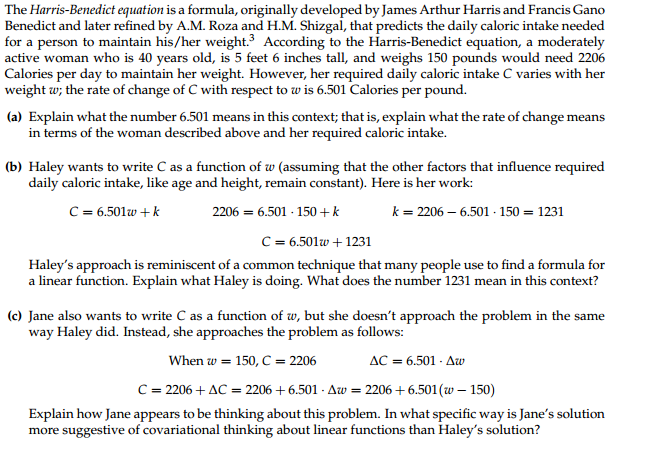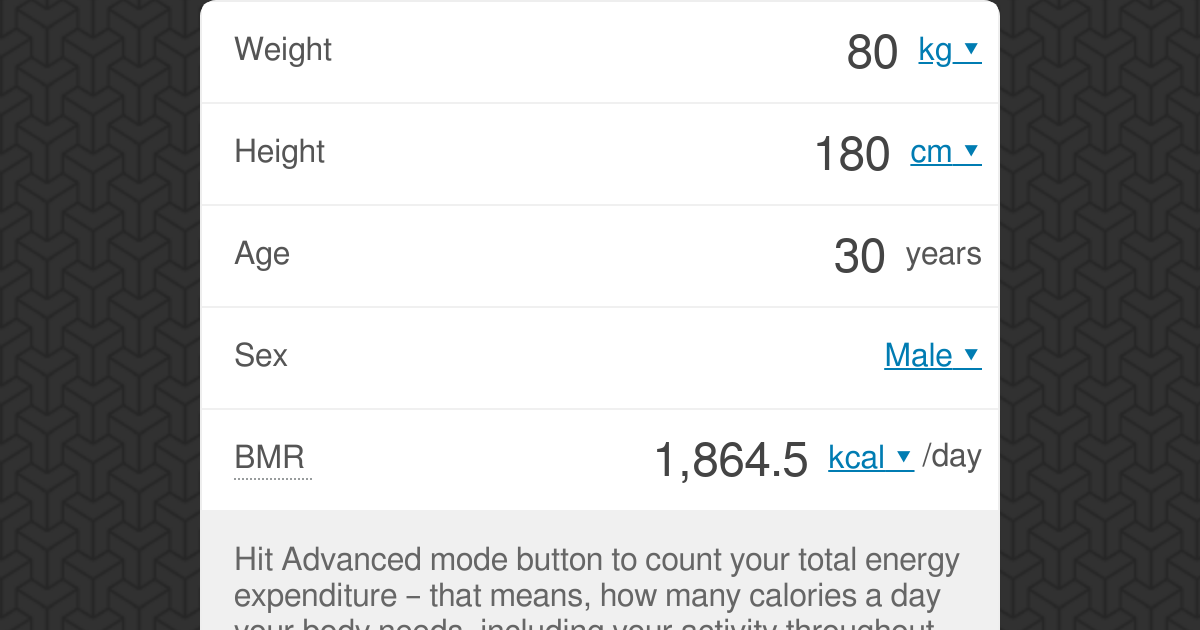

Moderately active (moderate exercise or sports 3-5 days a week): BMR x 1.55.Lightly active (light exercise or sports 1-3 days a week): BMR x 1.375.Sedentary (little or no exercise): BMR x 1.2.Determine your activity factor from the list below:.

Calculate your BMR using the revised Harris-Benedict Equation:.Here’s a step-by-step guide for calculating your TDEE using the Harris-Benedict Equation:
#BENEDICT HARRIS CALCULATOR HOW TO#
How to Determine and Use the Harris-Benedict Equation By knowing your TDEE, you can better tailor your nutrition and exercise plans to achieve your weight loss, maintenance, or gain goals. This factor accounts for the calories expended during physical activity and daily tasks. To determine TDEE, the Harris-Benedict Equation multiplies an individual’s BMR by an activity factor.

The Harris-Benedict Equation factors in age, sex, weight, and height to estimate the number of calories needed to maintain a person’s current weight. Developed in 1919 by James Harris and Francis Benedict, the equation has been revised over time to improve its accuracy. The Harris-Benedict Equation is a widely-used formula that calculates an individual’s Basal Metabolic Rate (BMR) and, ultimately, their Total Daily Energy Expenditure (TDEE). Additionally, individuals with more muscle mass generally have a higher BMR, as muscle burns more calories at rest than fat does. Men typically have a higher BMR than women because they have more lean muscle mass. As you age, your BMR naturally decreases due to a reduction in lean body mass and a slowdown in metabolism. To convert your height from inches to centimetres, multiply your height in inches by 2.54.įactors affecting BMR include age, sex, weight, body composition, genetic factors, and hormonal levels. To convert your weight from pounds to kilograms, divide your weight in pounds by 2.205. To calculate BMR in pounds, you can use the Harris-Benedict Equation, which has separate formulas for males and females: Each of these methods takes into account different factors and may provide slightly different results. The most common ones are the Harris-Benedict Equation, Mifflin-St Jeor Equation, and Katch-McArdle Formula. There are several methods to calculate BMR. Generally, a higher BMR indicates a faster metabolism, which means your body burns calories more efficiently. It’s important to know your BMR because it helps you understand how many calories you need to maintain, lose, or gain weight.Ī good BMR varies from person to person, depending on factors such as age, sex, weight, and body composition. In other words, BMR is the number of calories you’d burn if you did absolutely nothing all day. BMR represents the minimum number of calories your body requires to survive without any physical activity.

These functions include breathing, blood circulation, maintaining body temperature, cell production, and other vital processes. Basal Metabolic Rate (BMR) is the amount of energy your body needs to maintain basic physiological functions while at complete rest.


 0 kommentar(er)
0 kommentar(er)
